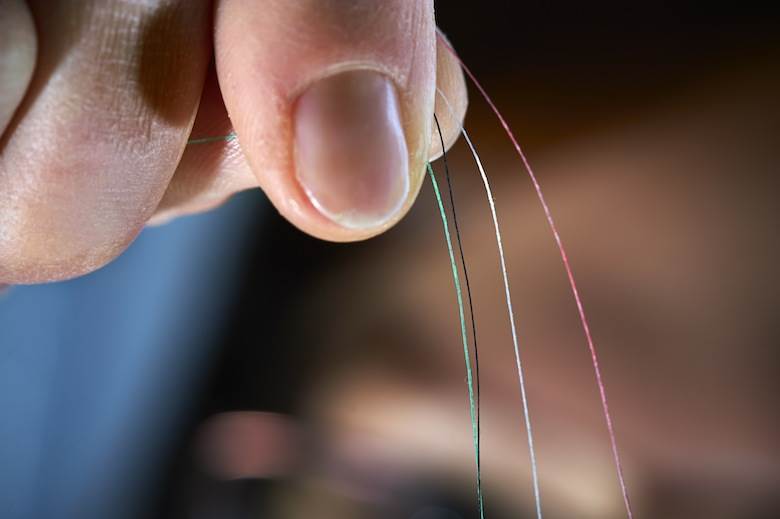How Finnish forests could replace global cotton supply
08/12/2016

Spinnova launched in the university city of Jyväskylä in central Finland in 2015. Using a technique originally developed by the Nordic country’s VTT technical research centre, it has established a method of turning wood fibres into yarn “without complex chemical processes”. That same year, it won an international biorefinery contest organised by Finland’s ministry of economic affairs and employment and in 2016 was named one of the 20 most promising Finnish start-ups. It quickly attracted the attention of Lenzing and has now established a partnership with the Austrian cellulosic fibre producer.
Spinnova’s founders, chief executive Janne Poranen and chief technology officer Juha Salmela, worked together at VTT researching the paper industry’s use of the abundant raw material from Finland’s forests. Mr Salmela is credited as the inventor of the yarn manufacturing method Spinnova is using. It involves dissolving wood fibre to obtain polymers and using the polymers to regenerate cellulosic filaments for spinning, through a wet process, into yarns.
The company insists this method consumes 99% less water and 80% less energy than cotton production and has said it has the capacity to “revolutionise the textile industry and the forest industry”.
Based on its technology and on Finland’s forestry reserves (especially in spruce and pine, which it says are particularly suited to this application), Spinnova has claimed it has the capacity, in theory, to replace the world’s entire cotton production.
In December 2016, Spinnova was named as one of the top ten European cleantech start-up companies at the 2016 European Venture Summit in Düsseldorf and received an invitation to attend the Independence Day reception at the presidential palace in Helsinki on December 6.
At the event, Janne Poranen and his wife, Nina, wore clothes made from Spinnova yarn. Mrs Poranen wore rosettes made from a fabric based on the yarn and Mr Poranen’s outfit included a waistcoat, bow-tie and pocket square in the same fabric.








